Reading Between the Frames: 15 Books That Inspired Iconic Movies
Classic Adaptations: From “To Kill a Mockingbird” to “Crouching Tiger, Hidden Dragon”
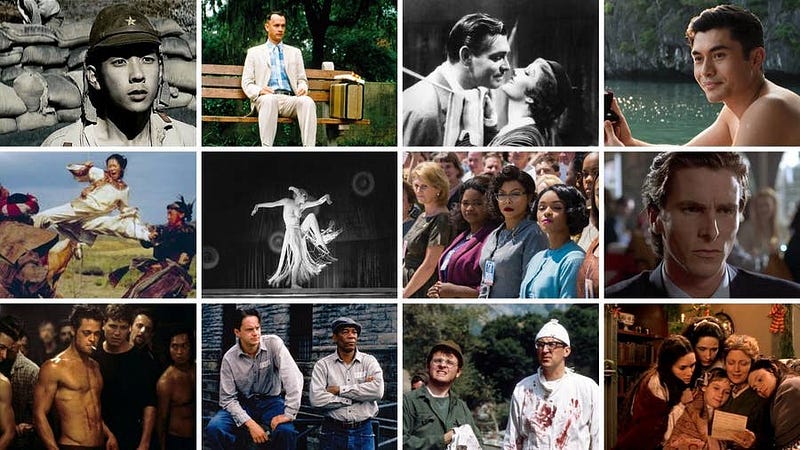
Book adaptations have long been a staple of the film industry. With Hollywood (and other film industries around the world) constantly searching for new content, it’s little wonder that buying up the rights to short stories and novels has always been the norm.
Books provide a place to start for screenwriters, and are a way for producers to see that something already has some sort of physical presence and following in the world. Of course, just because something did well as a book does not mean it will do well as a film!
Plenty of film adaptations are just no good (I’m sure you can think of a few — tell us about your least favorite in the comments!) but there are others that just hit the mark so perfectly that lovers of cinema and the original book, both, find themselves compelled to watch the movie again and again.
In this list, I mix some well-known hits from the last century, with less-known works that you might not have heard of. In both cases, I think you’ll want to read the book after you watch the film — and, if you’ve already read the book, then what better way to relive it than to see it in a whole new form?
As always, with these articles, I love hearing your feedback in the comments’ section at the bottom of this page. If you like my writing, don’t forget to clap (up to 50 times!) Let me know what your favorite films were, which ones you think I should have included, and which you hope I’ll mention in one of my next articles!
Forrest Gump (1994)
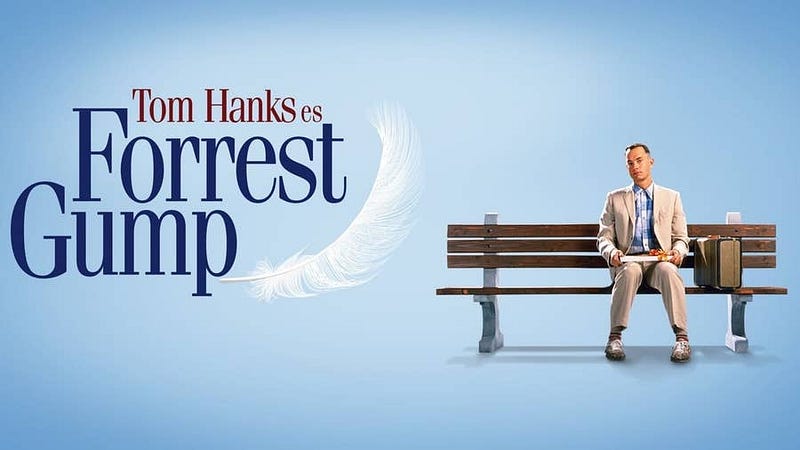
Tom Hanks brought Forrest Gump to life in a way that will forever cement the film as an icon in American cinema. The proof of a life’s impact on the world comes through in this heartwarming, and sometimes heart-wrenching, movie, showing us that we never can tell how wide the ripples of our actions spread. The film has been marked by the United States National Film Registry as being “culturally, historically, or aesthetically significant.”
The book that started it all
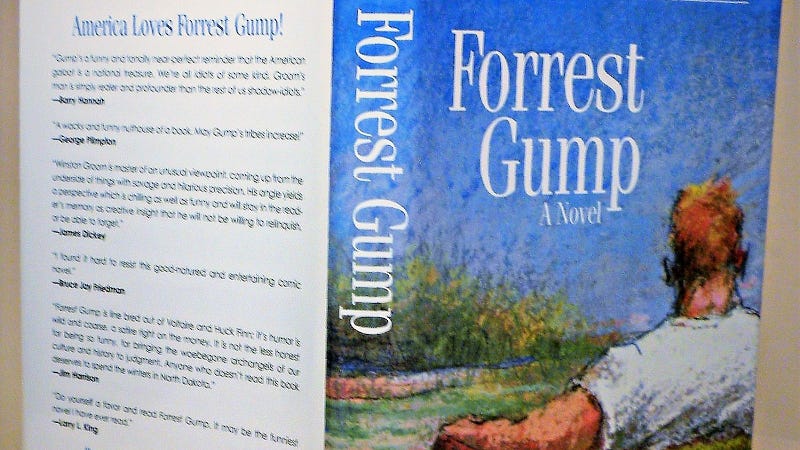
The novel didn’t do so well during its initial run, selling only around 10,000 copies, a number that soared to over one million after the release of the film. It’s a darker and rougher vision of Forrest, and, honestly, I preferred the film. Still, one of the great things about the book is seeing more of the character’s life and accomplishments, including a stint with NASA that didn’t make it into the film.
The Princess Bride (1987)
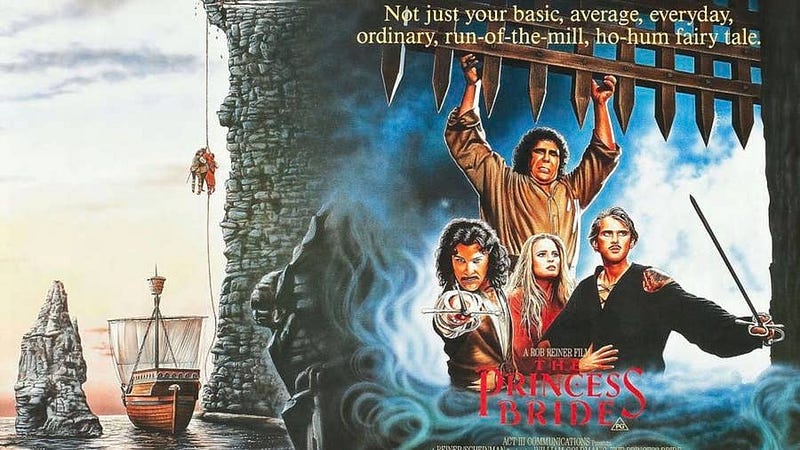
A grand tale of love, loss, revenge, magic, torture, heroism, and hope in the face of failure. One of the funniest and most uplifting fairy tale films you’ll ever see.
This is the film that studios thought could never be made, and its journey from book to film is very nearly as epic as the film’s story itself! A number of studios took it on, including 20th Century Fox, with directors like François Truffaut and Robert Redford brought in to work on it — all to no avail. Until Rob Reiner, who loved the book ever since his father gave him a copy, took up the charge and made it a matter of personal conviction to bring the epic tale to life. Even then, it took years, but it resulted in a masterpiece for the world, and lifelong friendships for all involved in its production.
The book that started it all
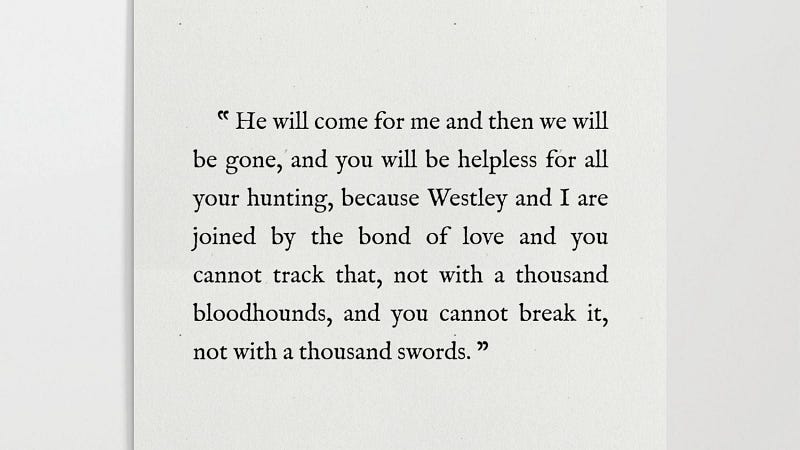
The full title of the book is “The Princess Bride: S. Morgenstern’s Classic Tale of True Love and High Adventure, The “Good Parts” Version”. It’s different from the film in many ways, and presents itself as an abridged version of some original, earlier work. Despite the differences, however, it’s a blast to read, and has earned a permanent place on my shelf.
The Shawshank Redemption (1994)
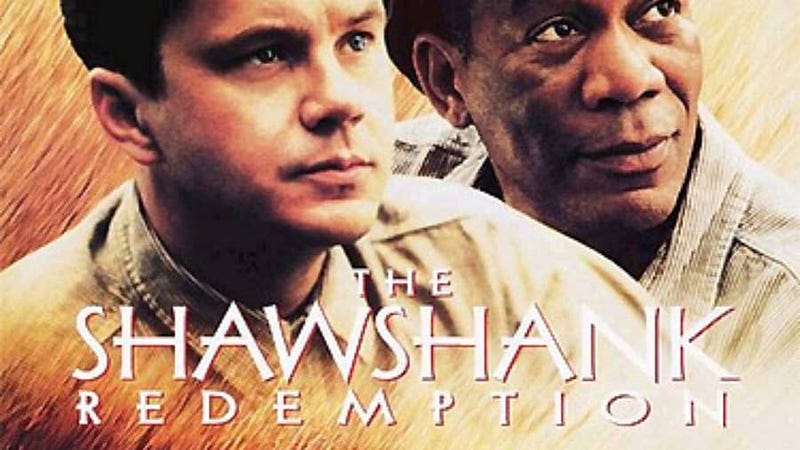
Andy Dufresne is a straight-laced banker who is sentenced to life in prison for the murder of his wife and her lover — a crime he denies having committed. During the next two decades, he befriends a fellow prisoner and becomes embroiled in a dark underbelly of the prison culture.
The book that started it all
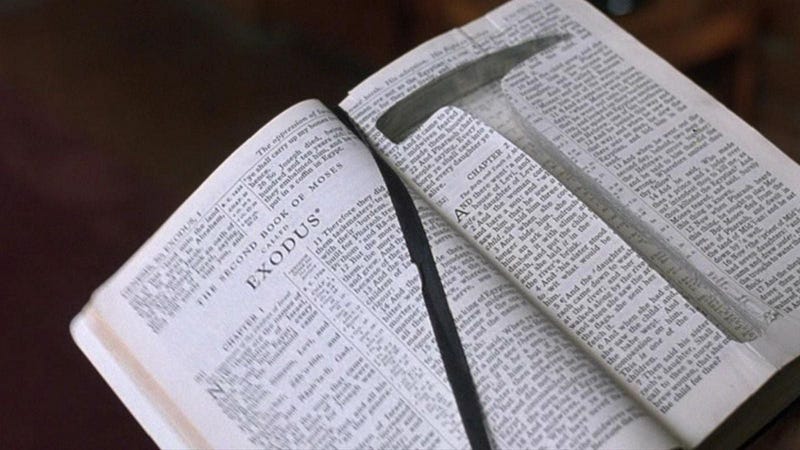
Stephen King doubted that his novella Rita Hayworth and Shawshank Redemption could be turned into a film — and, indeed, the film adaptation extended the novella’s plot and add more depth — but the core story that King created was so poignant, so powerful, that it was more than enough to carry through from the page to the silver screen.
Crazy Rich Asians (2018)
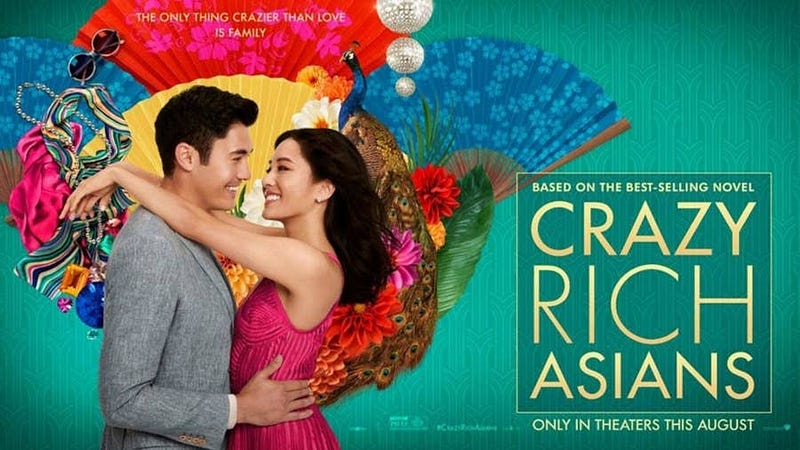
Rachel Chu is a Chinese-American professor of economics and New York University, and as a New York native, she doesn’t feel too comfortable touching in with her new boyfriend’s “crazy rich” Asian family… but love will win out over all.
Not only did the film win out big with its all-Asian cast (the first such film in 25 years), it also offered the box office a superb romantic comedy amidst an over-abundance of superhero flicks.
The book that started it all
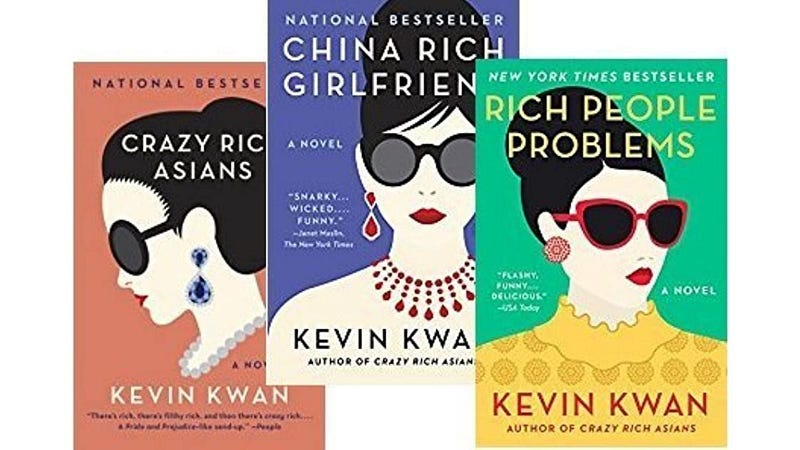
The first book is just actually part of a series, with Crazy Rich Asians being successful even before the film adaptation. The book is quite similar to the film and if you love the romantic comedy that the movie version served up, you love the same satirical wit employed in Kwan’s novel.
To Kill a Mockingbird (1962)
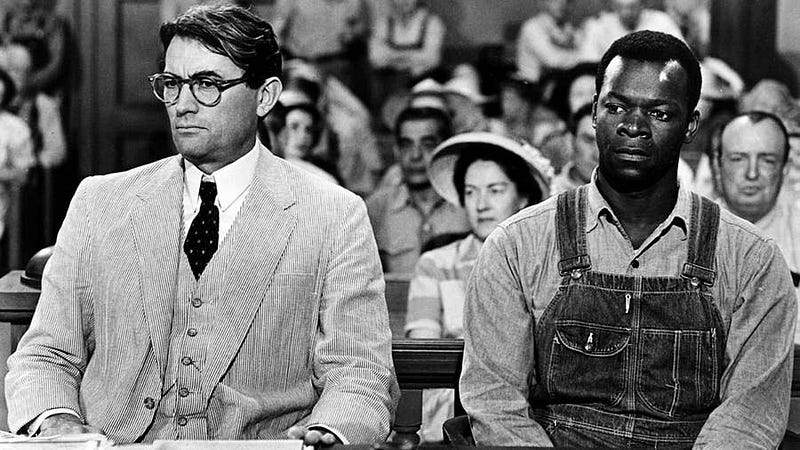
Okay, so you probably did know about this one, unless you’ve been living under a rock for seventy years.
Atticus Finch, the lawyer at the center of the tale, is still renowned as the greatest hero in cinema history, and for good reason: not only is his defense eloquent and just, the portrayal provided by Gregory Peck is simply astounding.
The film is certainly more hopeful and, in many ways, naive than the book: the racism inherent in 1930s Alabama would likely not be turned aside as easily as the film portrays, but the message the movie delivers is still loud and clear, and it pairs nicely with the novel for a deeper dive.
The book that started it all
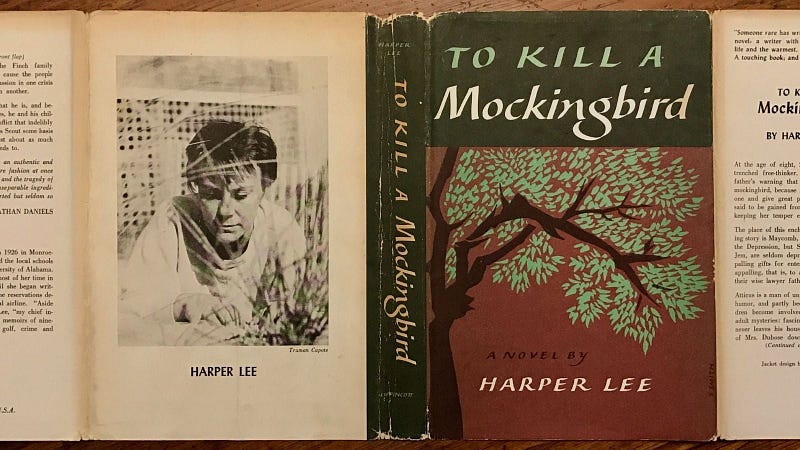
The book differs from the film in minor ways, and the film naturally lacks some of the depth provided by the book, but they are ultimately entwined companions, with the film adhering carefully to the main plot and themes of the book. It’s become one of the great pieces of American literature and is a must-read for every child in the country.
Hidden Figures (2016)
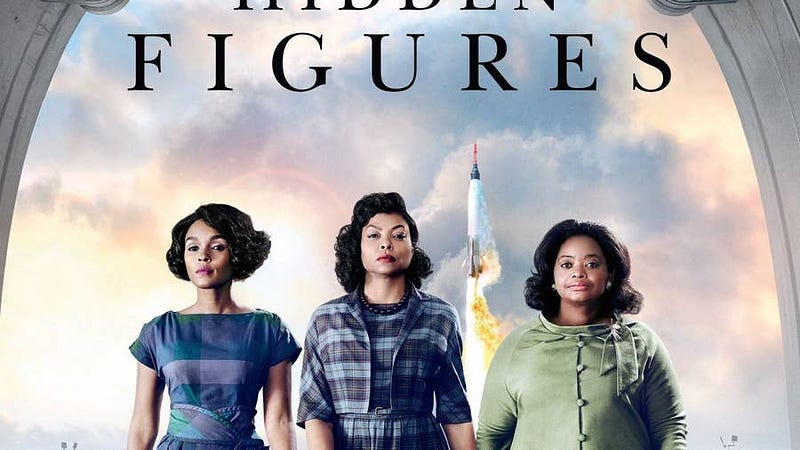
Hidden Figures blends comedy and drama effortlessly, offering a keen and clever story of the women responsible for getting NASA off the ground (literally) as well as the challenges those women faced due to systemic social racism.
The way the film portrays these women is simply brilliant, and the effortless drama, the moments of witty comedy, and the powerful performances by the whole cast make this one of my favorite films from 2016.
The book that started it all
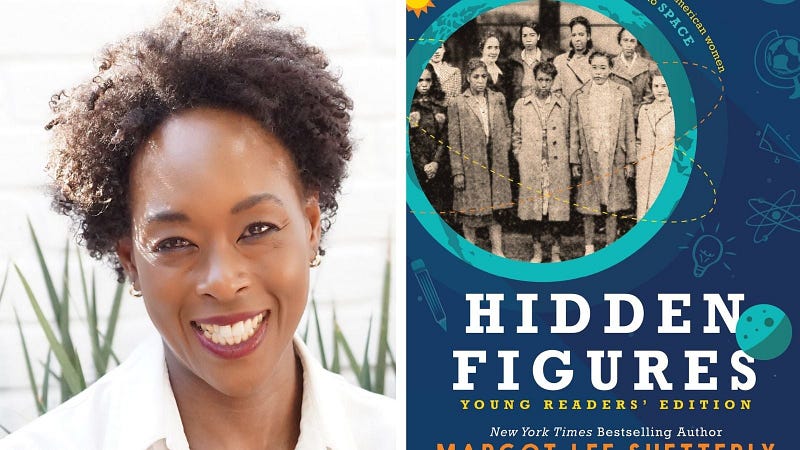
The book is non-fiction and, obviously, far more comprehensive than the film. But that doesn’t mean it’s not a great read! Shetterly is a great writer with a clear passion for her subject. While the film takes plenty of creative liberties (and dramatizes things in a particular way to create the story), the true history is just as fascinating.
Metropolis (1927)
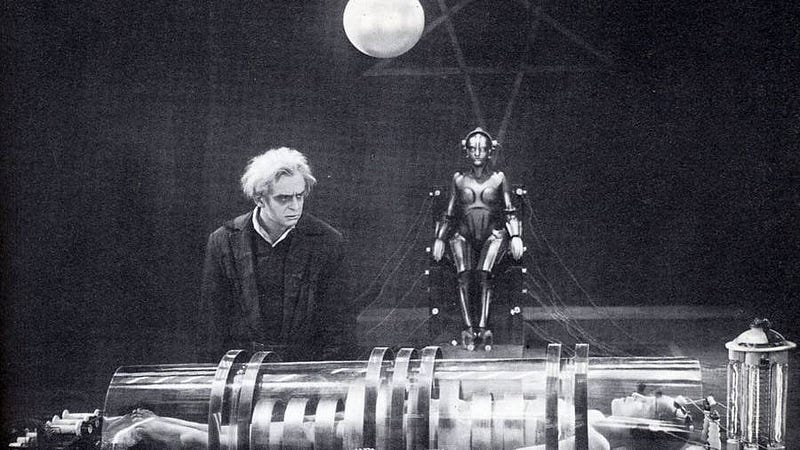
This is one of the first science-fiction films ever made, and is considered one of the most important films in film history. The themes and aesthetic found here are still in use in science fiction of today, as the genre continually grapples with the threat of dystopia, wealth inequality, and greed. It remains a powerful example of early socialist messaging as well.
The book that started it all
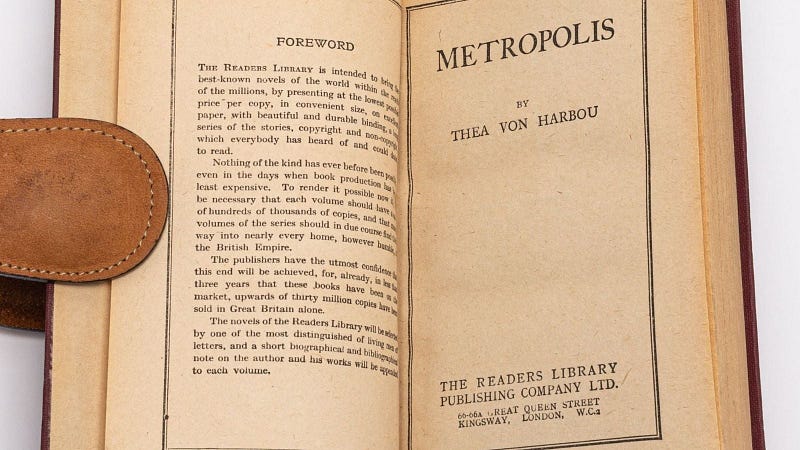
An exploited labor class toils ceaselessly in the dark underground of a technological utopia, but love connects the classes and threatens to topple the class structure that has enslaved so many for the convenience of so few.
It’s a book with a somewhat dense and dated style, so be prepared for that, but also understand that this is one of the most significant books in the genre and pulls off a beautiful literary style that captures the soul of the Expressionist age.
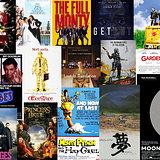
Fight Club (1999)
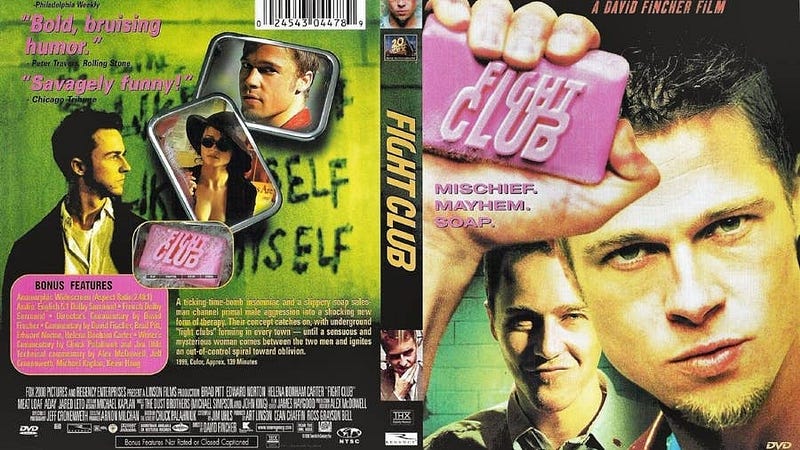
Considered by many to be the defining cult movie of the age, Fight Club follows an unnamed discontent white-collar worker who encounters soap salesman Tyler Durden, a man with different ideas about how to escape the bonds of wage-slavery and restrictive society.
Together, they form a “fight club” where men from all over who are disenfranchised by consumerism or dealing with emotional disturbances can come to connect with their inner selves through combat. But who is Tyler, anyway, and what does he really have planned?
The book that started it all
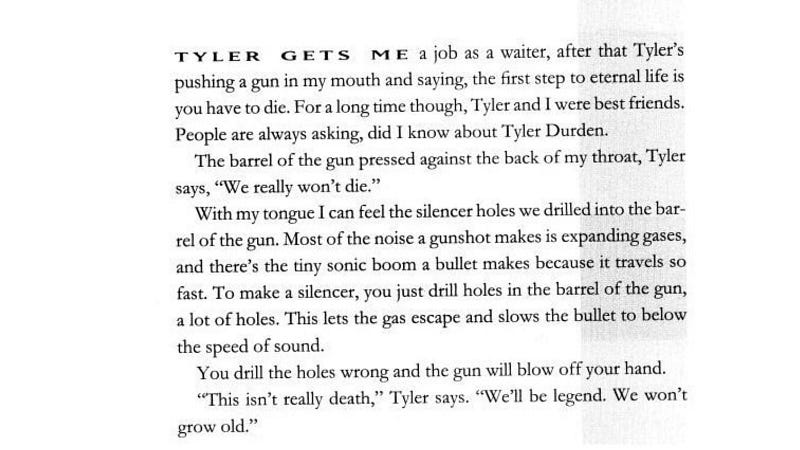
The book goes even deeper into the film as a critique of violence and heteronormativity, as well as unchecked commercialism, mental health, and modern relationships.
Little Women (1994)
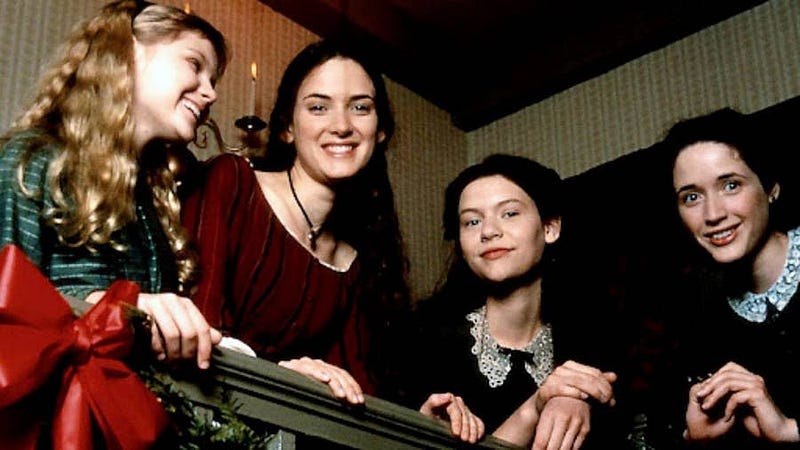
This was the fifth time that the classic novel came to the silver screen, and there is no better version of “Little Women” to be found. The March sisters are an unconventional Civil War family, with their transcendentalist views leading them to far more liberal philosophies than many of the era.
The story follows their lives, their trials, and tribulations, and their hopes and fears, as they discover new family, encounter loss, and always return to the true love at the heart of their family.
Why don’t I concentrate on the newer Little Women film? Because it was bad. REALLY bad.
The book that started it all
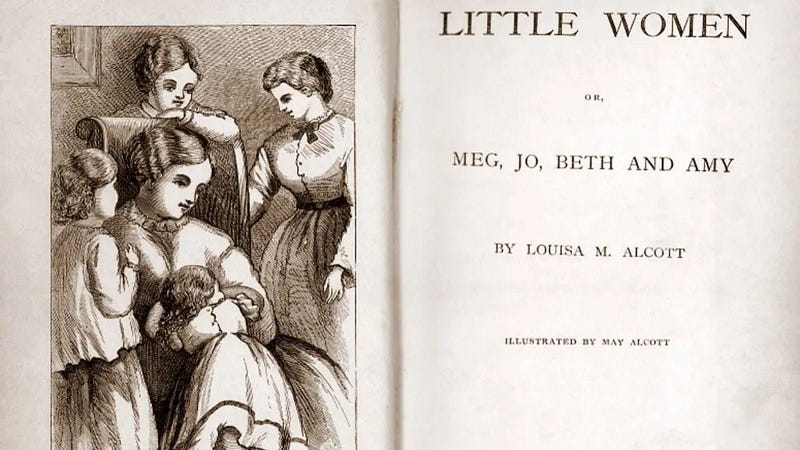
As famed film reviewer Roger Ebert said of the film: That it “grew on me. At first, I was grumpy, thinking it was going to be too sweet and devout. Gradually, I saw that Gillian Armstrong […] was taking it seriously. And then I began to appreciate the ensemble acting, with the five actresses creating the warmth and familiarity of a real family.”
And it really is a meticulous version of the book, with careful attention to mannerisms, lifestyle, sets, and costumes (something that the extraordinarily trite 2019 version famously failed at). The film feels compelling, warm, and incredibly intelligent in a way that no other adaptation managed to tackle.
American Psycho (2000)
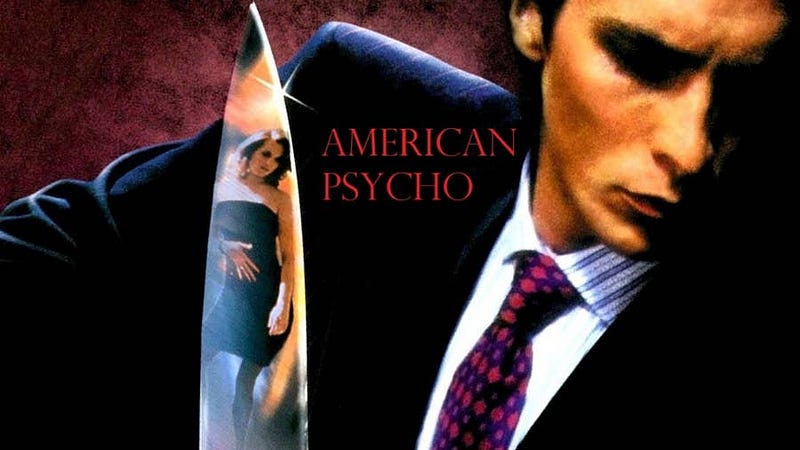
Patrick Bateman is your typical yuppie businessman. An investment banker of some skill and renown, a pillar of the business-class society, and a man always ready with a really swell calling card. But Patrick Bateman has a secret: he likes to kill.
Christian Bale struggled to get the role right for months, until he saw Tom Cruise in an interview with David Letterman, where he was struck by Cruise’s energy and his “intense friendliness with nothing behind the eyes”.
The book that started it all
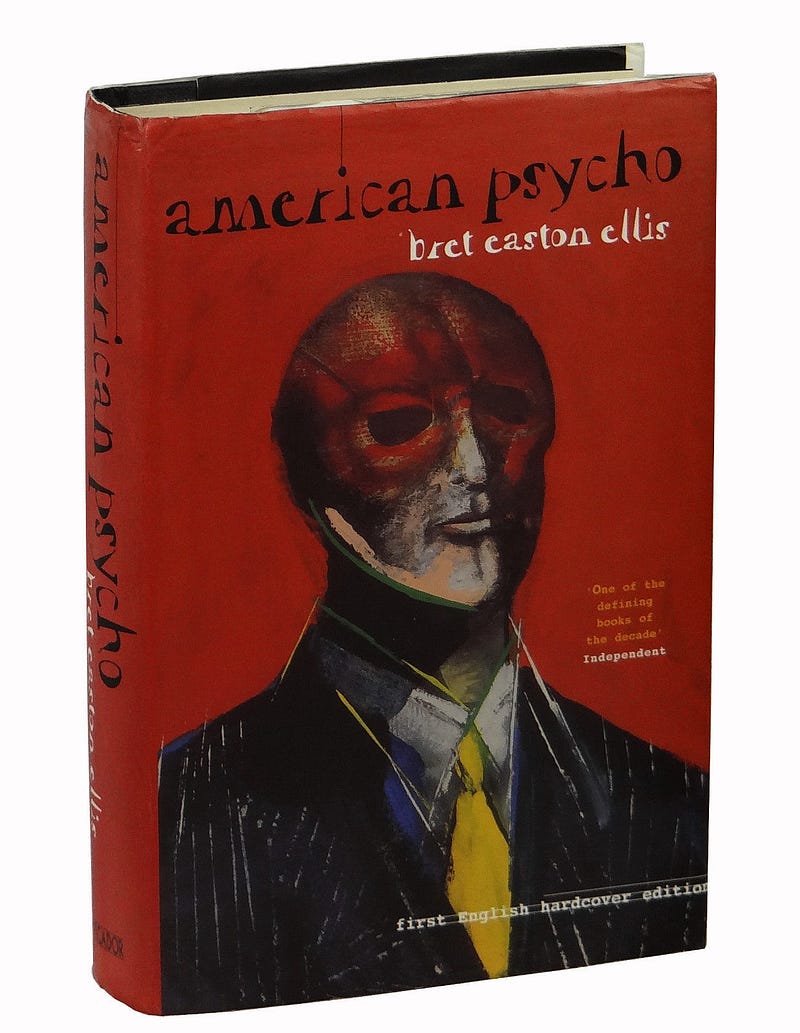
The book is significantly darker and more violent than the film, which Harron cut in order to focus more on the dark humor instead. This serves well to highlight what literary critic, Jeffrey W. Hunter, calls the book’s critique of the “shallow and vicious aspects of capitalism”.
When asked about his inspiration for the novel, Bret Easton Ellis said: “I was living like Patrick Bateman. I was slipping into a consumerist kind of void that was supposed to give me confidence and make me feel good about myself, but just made me feel worse and worse and worse about myself. That is where the tension of American Psycho came from. It wasn’t that I was going to make up this serial killer on Wall Street. High concept. Fantastic. It came from a much more personal place”.
M*A*S*H (1970)
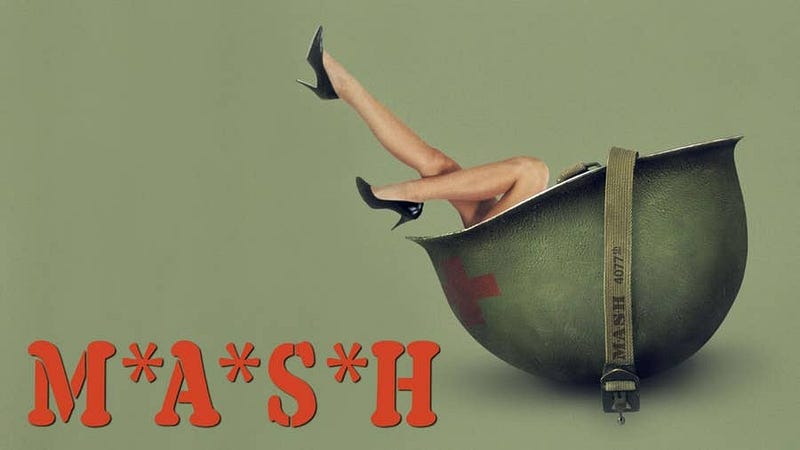
Following a Mobile Army Surgical Hospital, the film is a dark comedy set during the Korean War (but intentionally concentrating on the themes of the Vietnam War).
Garry Trudeau, the creator of the comic strip Doonesbury, said that MAS*H was “perfect for the times, the cacophony of American culture was brilliantly reproduced on screen”.
It’s one of the most cutting and clever anti-war satires existing, and it gave birth to the even more popular and ground-breaking television series of the same name two years later.
The book that started it all
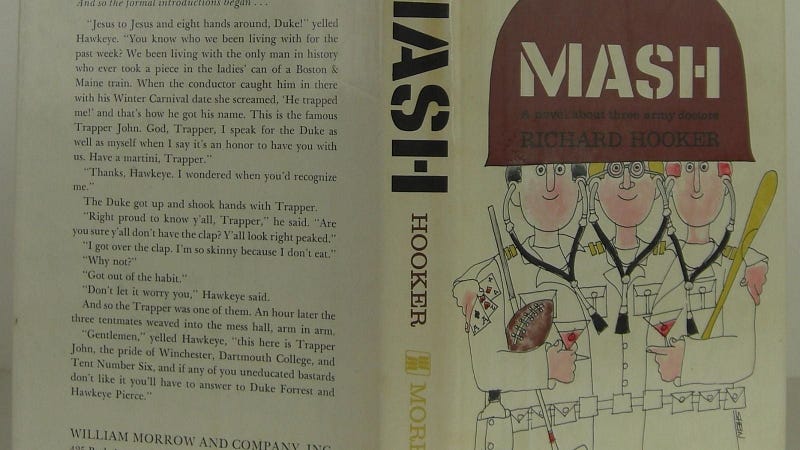
The book isn’t so much a novel with a concentrated storyline as a collection of anecdotal moments tied together by the characters and the humor, but the reality it portrayed: the grim conditions that gave rise to a sort of postmodern internal reality for the people working at those MASH units, provided the perfect groundwork for the later screen adaptations.
The novel was actually written by two people, Richard Hornberger and W. C. Heinz. Richard Hornberger was a former U.S. Army Surgeon with extremely intense politically-conservative values, and by the time the TV series rolled around he came to despise the anti-war tones that became synonymous with the show.
While his own political views fell out of favor with the vast majority of those who appreciated the adaptations of his most famous work, Hornberger was a real-life medical hero who likely pioneered techniques in the MASH unit (against Army regulations) that saved many lives.

It Happened One Night (1934)
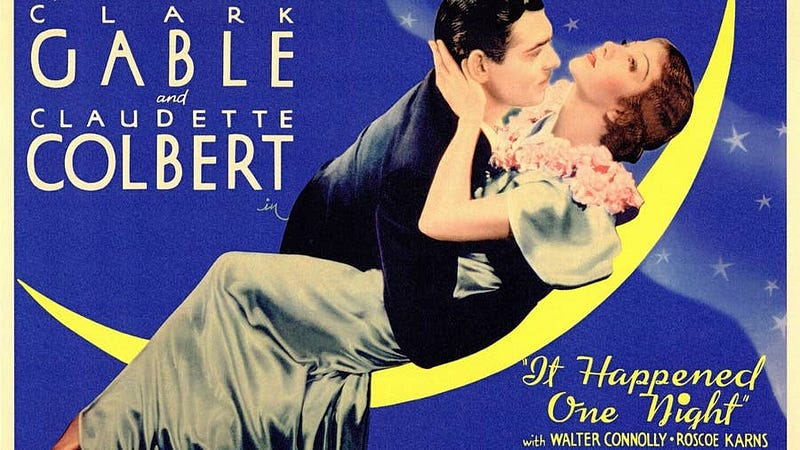
A romantic screwball comedy that is considered to be one of the last romantic comedies made before the terrifyingly theocratic Motion Picture Production Code began to be seriously enforced in July 1934.
Spoiled heiress Ellen “Ellie” Andrews wants to elope with the love of her life, but she’s got about as much street-sense as a lost puppy (though she’s got more than enough smarts and spunk to make up for it in other ways). She encounters a washed-up reporter who knows that her father has put out a giant reward for anyone who finds her, but who wants the deep inside scoop to put his career back in the saddle. What follows is a romping romance for the ages.
It’s definitely sexist in several ways, but it also contains some of the best on-screen moments between love interests of all time.
The book that started it all
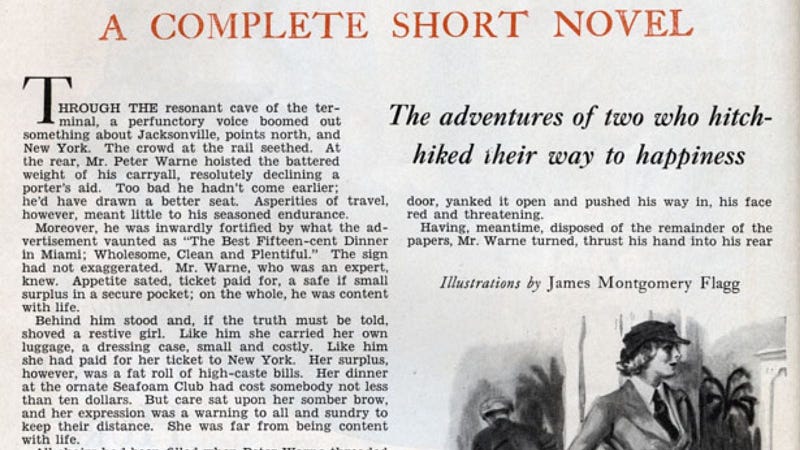
Night Bus was a short magazine story by the journalist and author Samuel Hopkins Adams, a man known for his powerful, upstanding, articles on the conditions of public health in the United States. His short story really was just the kernel of what eventually became the film, but Adams wrote numerous novels as well, many of which were critically well received.
Under the pseudonym of Warner Fabian, he wrote a series of risqué novels featuring young women flappers and their coming of age experiences in the 1920s and 1930s. These became his best-selling work and were adored by the younger generation. Some of these were also later turned into films.
Letters From Iwo Jima (2006)
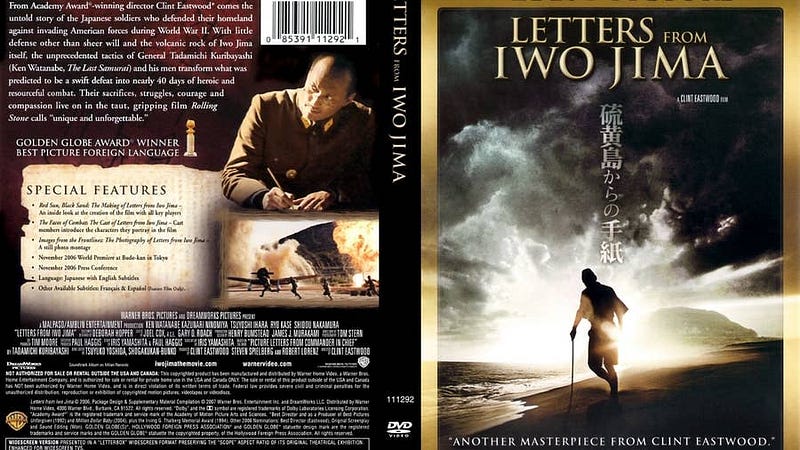
In 1944, the island of Iwo Jima became a bulwark in Japan’s last-ditch defense against the approaching United States. Miles of tunnels were dug, and immense fortifications established, for many believed that the destruction wrought by American forces should they reach the Japanese homeland would be extreme.
Made to complement Clint Eastwood’s portrayal of the American perspective film of this conflict, Flags of Our Fathers, this is one of the most enduring and emotionally intense war film’s I’ve ever encountered, right up there with Das Boat the next on this list!
The books that started it all
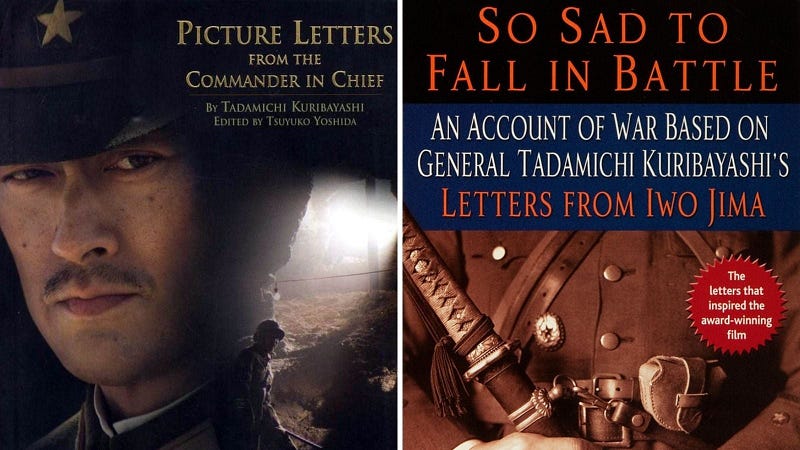
Picture letters from the Commander in Chief was a collection of letters written by General Tadamichi Kuribayashi (portrayed in the film by Ken Watanabe). So Sad To Fall In Battle: An Account of War cites heavily from Kuribayashi’s own letters. Together, the account of an incredible man, and a dark period in the collective world history, are enshrined forever.

Das Boot (1981)
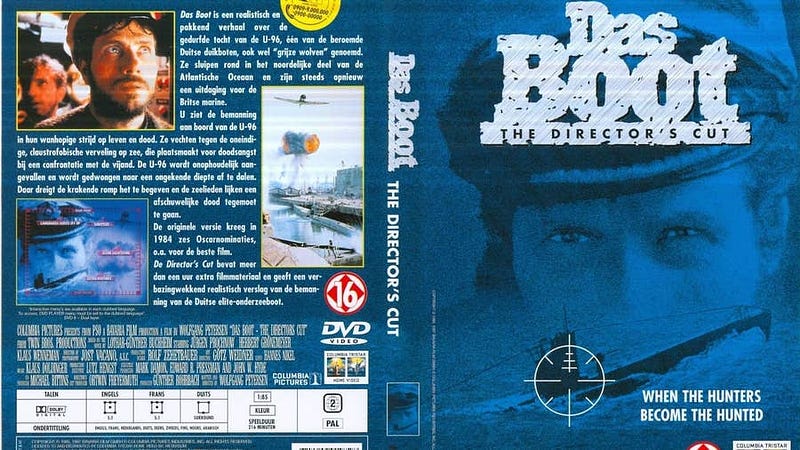
Wolfgang Peterson is responsible for directing two of my all-time favorite films: Das Boot and The NeverEnding Story, and you couldn’t get a more diverse resume than that!
In Das Boot, we follow the lives of a German submarine crew during WWII as they undergo all the trials and struggles of war. According to historians, the U-boat navy was one of the least pro-Nazi branches of the German armed forces, and this sentiment is reflected in the film, with its crew apolitical or outright hostile to the Nazi regime.
It doesn’t capture the same level of anti-war sentiment as the novel, but it does bring into sharp relief the experiences of real human beings during war, and through their emotional journey affords viewers with a clarion call for peace against warmongers everywhere. Whatever you do, find at least the Director’s Cut of the film, though the full TV cut is even better (and longer).
The book that started it all
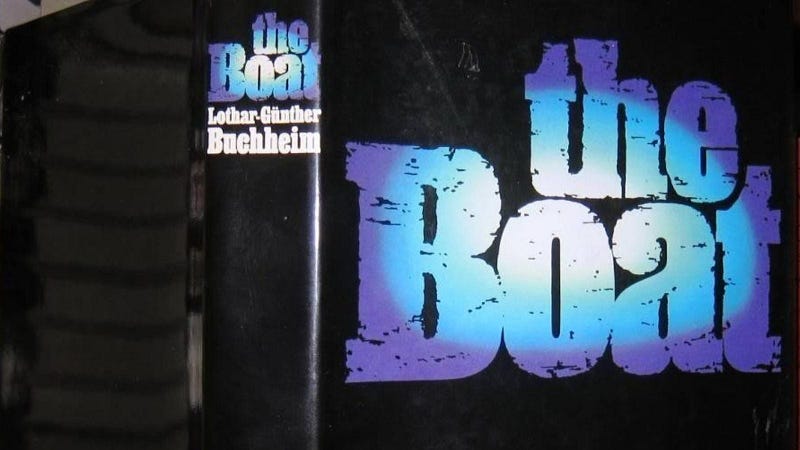
The novel is a fictionalized account created by Buchheim, but based heavily on his own experience as a war correspondent who served aboard “U-96” a submarine serving in the Battle of the Atlantic. Buchheim disliked the film, thinking that it cut out too much of his anti-war feeling, and disliking the portrayal the actors gave to the crew (ultimately, though, dis dislike may simply have been because he wasn’t allowed to write the script).
Crouching Tiger, Hidden Dragon (2000)
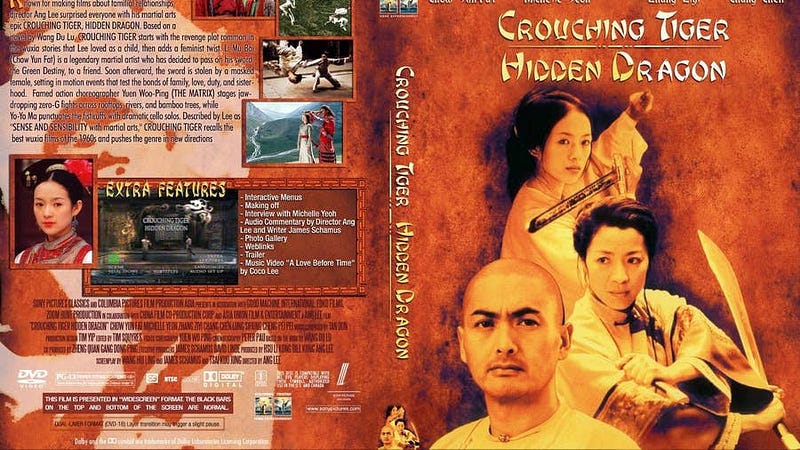
The wuxia genre in China has long been a big draw for the public, in much the same as other forms of fantasy storytelling have been all over the world. Regarding wuxia, the stories revolve around “martial heroes”, and, as in Crouching Tiger, these heroes can complete incredible feats of magical martial prowess.
Crouching Tiger, Hidden Dragon is, at its heart, a romance tale set in 19th-century Qing dynasty China, built around the epic tale of love, adventure, and epic romantic tragedy.
The book that started it all
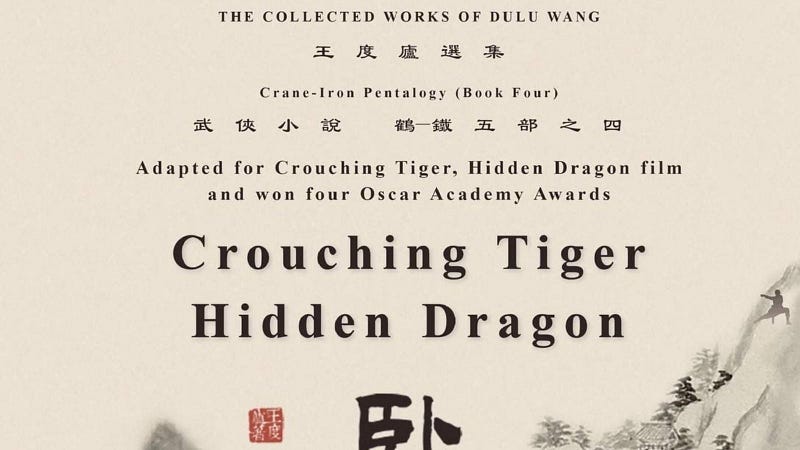
Wang Dulu was a reporter in the late 1920s and 1930s, during which time he also wrote mystery and detective novels. Upon moving to Qingdao in the Shandong Province, he began writing more wuxia fiction, with his best-known being the Crane-Iron Series upon which Crouching Tiger is based.
Sadly, Communist Party leaders believed him to be reactionary, and a member of the “old literate elite” and sentenced him to farm labor. He was forbidden from producing new works and died before he could return to his family.
Hi there! I’m Odin Halvorson, an independent scholar, film fanatic, fiction author, and tech enthusiast. If you like my work and want to support me, please consider subscribing to a paid tier for as little as $2.50 per month!

